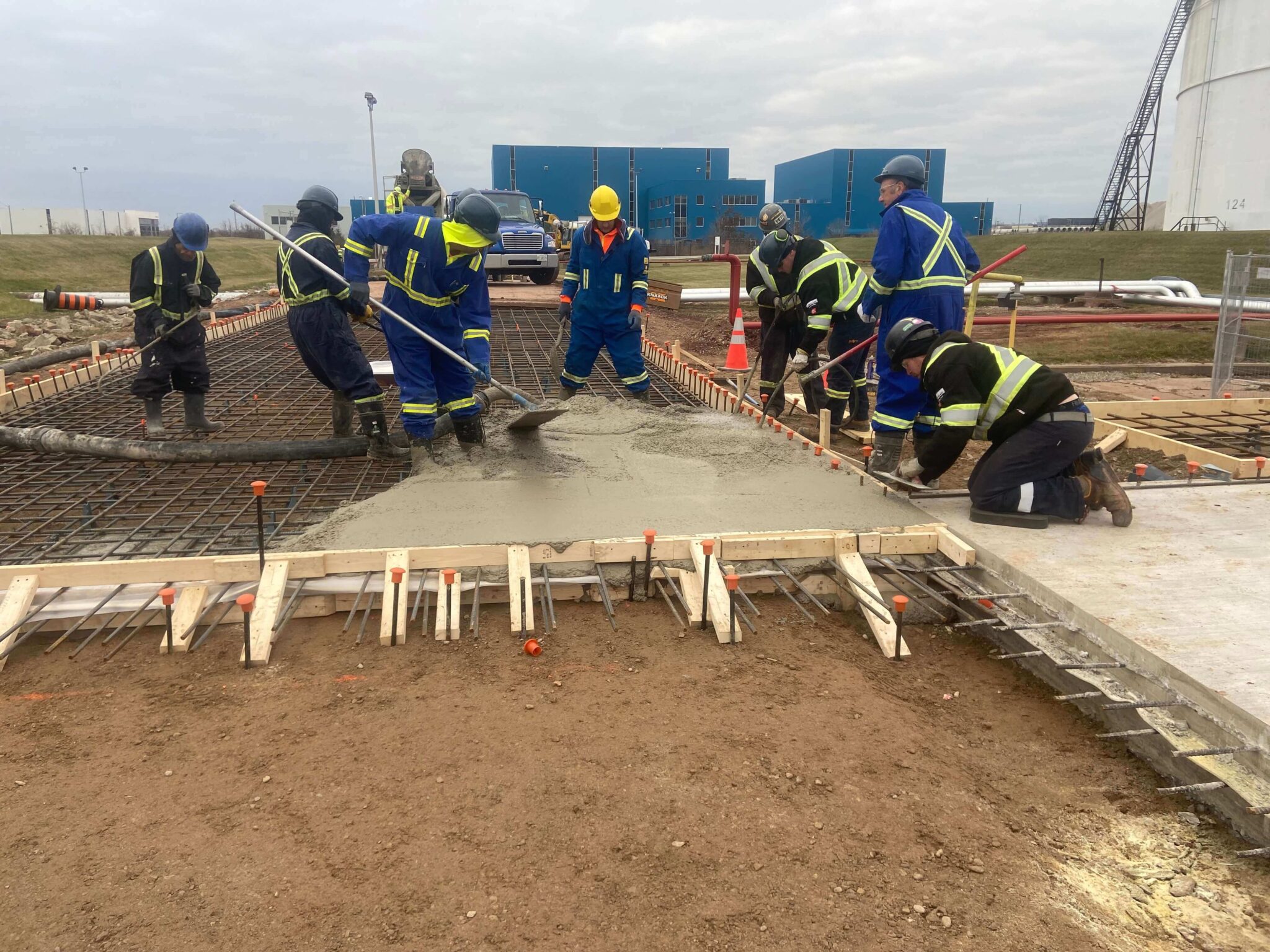
Measures to reduce risks and develop a skilled and confident workforce will enable businesses to comply with legislation and regulation as well as create a safer and more productive working environment.
Toronto is a thriving industrial hub, with 19.3% [1] of the city’s workforce employed in the manufacturing sector. While this has many benefits, it also means that a large proportion of the working community is at daily risk of suffering an accident at work. To keep workers safe, it is essential that they are adequately trained and equipped with the proper Personal Protective Equipment (PPE) that they need. Nowhere is this more crucial than when working in confined spaces.
Confined spaces in Toronto
Confined spaces are spaces that are not designed for continuous human occupancy, that have limited entry and exit routes, and that may expose workers to other hazards, such as flooding and hazardous gasses. As Toronto is an industrial hub, it is home to many confined spaces such as sewers, drains, silos, tunnels and sump pits.
Benefits of confined space training
There are many reasons why employers should ensure that staff who are required to enter confined spaces to conduct their duties are appropriately trained to do so.
-
Reduce risk.
By helping workers to understand the risks that they may face, they learn to identify the hazards and put in place rigorous escape plans and safety measures prior to entry, which can prevent accidents and injuries from occurring.
-
Regulatory compliance.
The Occupational Health and Safety Act (OHSA) mandates that workers who are to enter confined spaces are appropriately trained to do so. Failure to comply with this and other industry-specific regulations can result in severe penalties for businesses.
-
Improved emergency response.
When staff understand how to respond to an emergency situation, they can remain calm and put their training into effect, communicating clearly with rescue teams and using their PPE effectively to increase the likelihood of a successful outcome.
-
Improved productivity.
Skilled workers who know how to perform their tasks safely can work largely autonomously, reducing downtime and improving productivity.
-
Reduced liability.
When an employer can demonstrate that they have made every effort to help their employees to be safe at work, they reduce the risk of legal liabilities and insurance claims, which can have a profound impact on their reputation and profitability.
-
Improved employee morale.
When workers feel that their employer is committed to their health and well-being, they experience greater job satisfaction, which translates into improved retention rates and a positive work environment.
-
Cost savings.
While the cost of training workers requires an up-front investment, this is easily recouped over time as fewer accidents and increased productivity improve efficiency and output.
In conclusion, properly training and preparing staff to enter confined spaces in Toronto safely has enduring benefits for employers. Confined space training offers employees the opportunity to learn vital risk assessment skills, to develop an awareness of the hazards posed by their working environment and to make appropriate decisions. These include how and when to abort an entry attempt, when to request assistance or rescue, and how to respond should conditions deteriorate.
Resources:
[1] https://www.toronto.ca/city-government/data-research-maps/research-reports/planning-development/toronto-employment-survey/#:~:text=In%202022%2C%20398%2C080%20jobs%20were,26.8%25%20of%20all%20citywide%20employment.